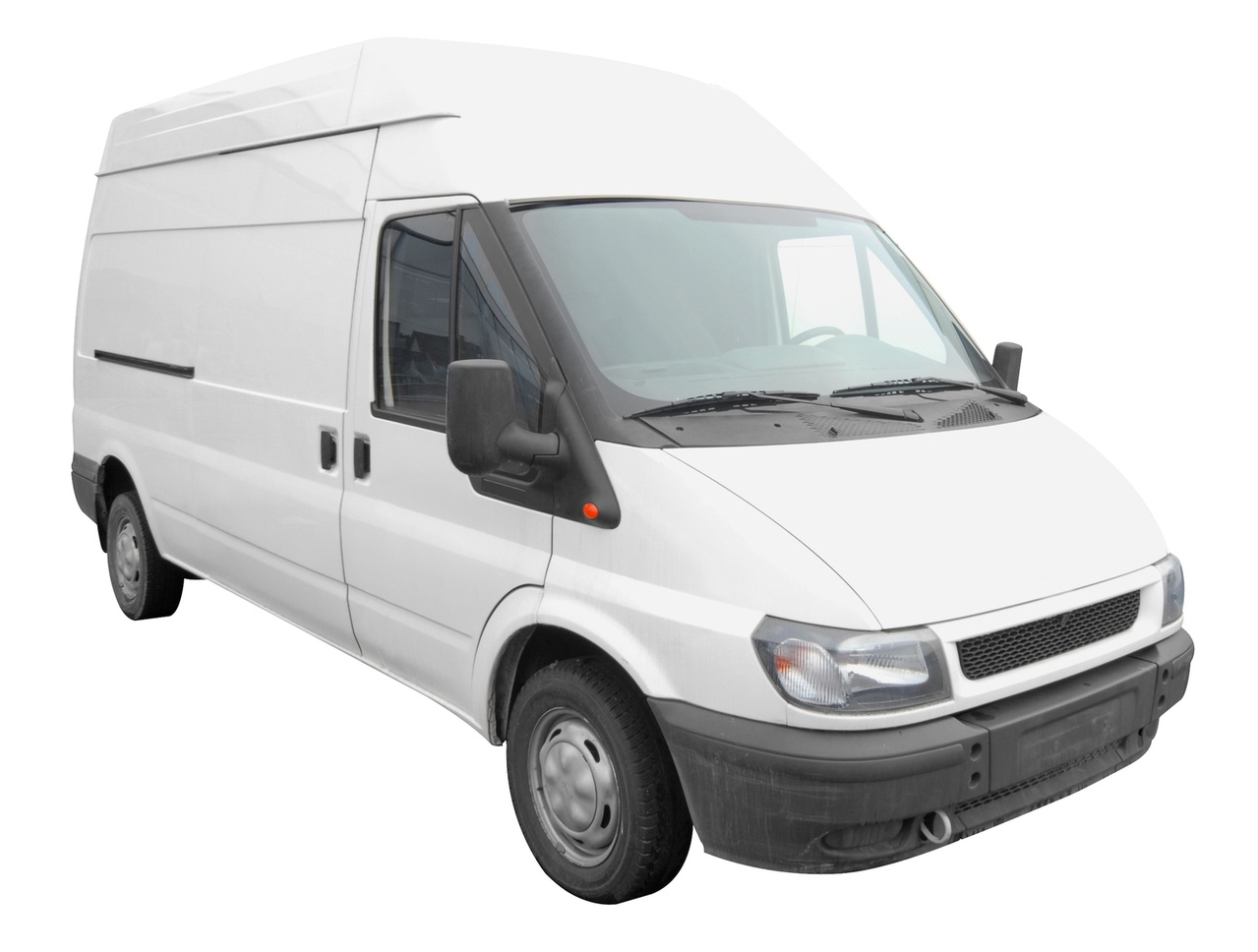
Procuring new fleet vehicles at a reasonable price and having them running smoothly, without having to spend too much in terms of maintenance outside the regular checks, is a priority for anyone in charge of a fleet. Fleet managers also know how challenging it is to both select the appropriate vehicle for the business’ needs and ensure everyone is happy with the choice.
But then there is this “gap” to consider, between the process of acquiring vehicles and actually having them operating on the road: how do you effectively introduce new fleet vehicles to drivers and the staff responsible for operating them? Or maybe we should ask whether you actually do this… or whether you are apt to skip this very important step?
The question comes as the AA revealed they have, most recently, been attending to over four new vehicle breakdowns a day during the last month of January, and this actually resulted in having to fix 128 brand new vehicles. According to the AA, drivers may make mistakes because they don’t know the car very well, with dashboard warning lights and mystery ‘won’t starts’ tending to be more common in younger cars.
This apparently happens because drivers do not take the time to familiarise themselves with their car’s service manual and settings. In the words of Conor Faughnan, AA Director of Consumer Affairs, “Driver error is often the cause of breakdowns, so it’s vital that you are clued up on your car’s service manual. It’s key to keeping your car in good repair, and helps you get to know its settings and characteristics as models do differ on the details”.
If it is true on one hand that today we can enjoy the technological advantages of modern vehicles, it is also true that they are more complex and even seasoned drivers may not easily diagnose an issue. This is of course not only true in the case of driving outside of work, but also for those who actually drive for a living. The best practice is, as we often like to say, to promote preventive maintenance and driver training. So what is the best way to introduce new fleet vehicles to your staff to avoid resistance, frustration and teething problems?
1 - In the purchase phase, you must have examined the features and equipment of the new vehicles (which probably aided your decision): make sure you test those features and schedule a training session with your drivers. Present them with the new assets and examine the differences between the old and the new whilst explaining everything they need to know.
2 - Be prepared to answer any questions about the new vehicles, especially if there is new equipment involved.
3 - Use this as an opportunity to reinforce former training and give out reminders: for example, if vehicles have upgraded safety features installed, make sure you remind your team to use seat belts and respect speed limits.
4 - Make sure all the information is correctly updated in your systems and policies: this will mean updating the list of assets available and also updating fleet policies accordingly, especially if the vehicle uses a different type of fuel or technology) and such like.
It might seem redundant to point out, but it you actually take the time to properly introduce and familiarise drivers with new fleet vehicles—apart from avoiding needless issues like the ones highlighted by the AA—you will have an ideal opportunity to also reinforce driver education and make them feel much more involved.



